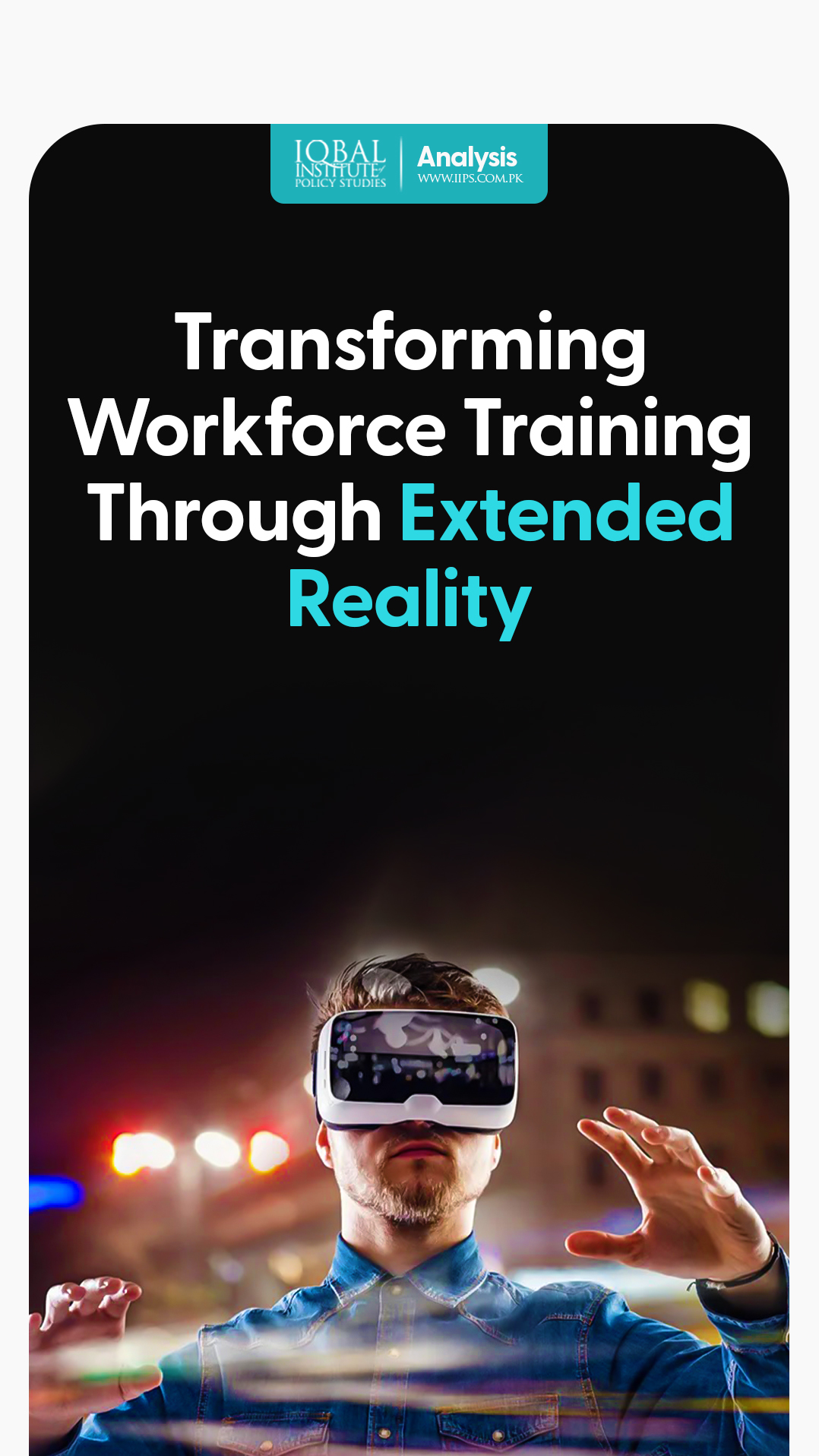Extended reality (XR) is a universal term inclusive of immersive learning technologies including Virtual Reality (VR), Augmented Reality (AR), and Mixed Reality (MR). These technologies extend the real world around us by adding to or simulating the environment through digital technologies. They are an effective way to modernise corporate training programs. Integrating XR into workforce training will immerse learners in a multisensory environment that’s more interactive, engaging, and effective long-term. Extended reality (XR), including VR, AR and MR, has been successfully adopted within global programmes as supplementary media, providing interactive, scenario-based, low-risk learning experiences complementing current instruction.
The Covid-19 pandemic disrupted education and workforce training systems worldwide. Schools were shut down, and institutions and organisations responsible for skill-building ended on-site trainings. Informal and nonformal learning has decreased by 25% and 18% within the first year of the pandemic, resulting in a substantial learning loss. However, to deal with the existing skill gaps, global instructors have taken advantage of the affordances of immersive media like extended reality, transforming critical sectors like healthcare and education and improving professional learning.
Due to the pandemic, the demand for remote work solutions has been increased with these immersive technologies that reduce costs to organisations. XR has potential to revitalise workforces with benefits across entire organisations, from improved employee communication, team collaboration, engagement and training, and optimised design processes and accessibility. With the rise of XR content management systems, the tools have become more accessible, affordable, and efficient for workers.
With XR training tools, the new workforce generation will be educated to use creative virtual tools to enhance their work. Eventually, these technologies will continue to shape and improve workforce training globally. Properly incorporating these technologies into pedagogies will strengthen learning-by-doing efforts and, most importantly, empower the workforce with the situated knowledge, skills and tendencies to excel in their occupations.



Leave a Reply